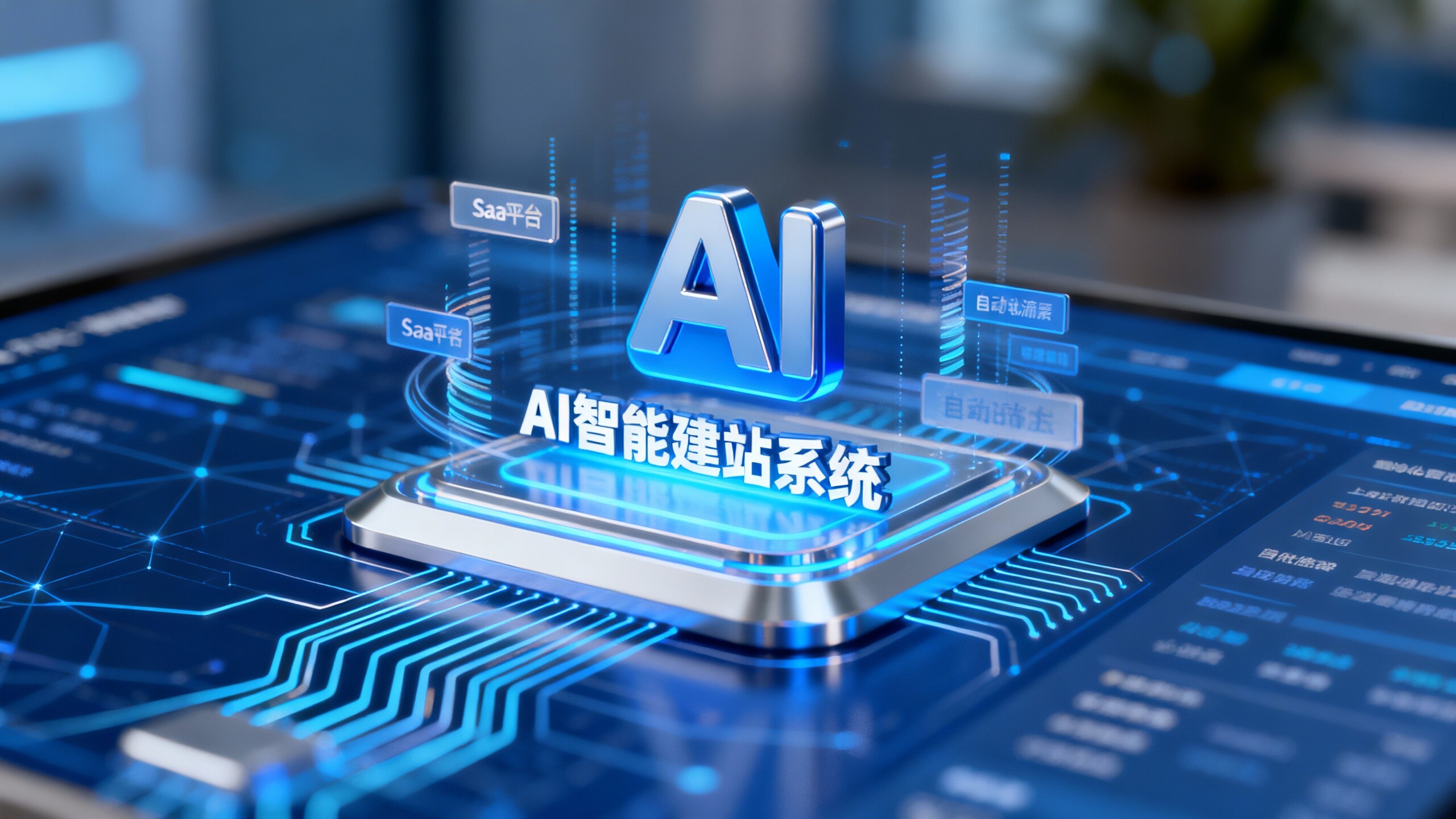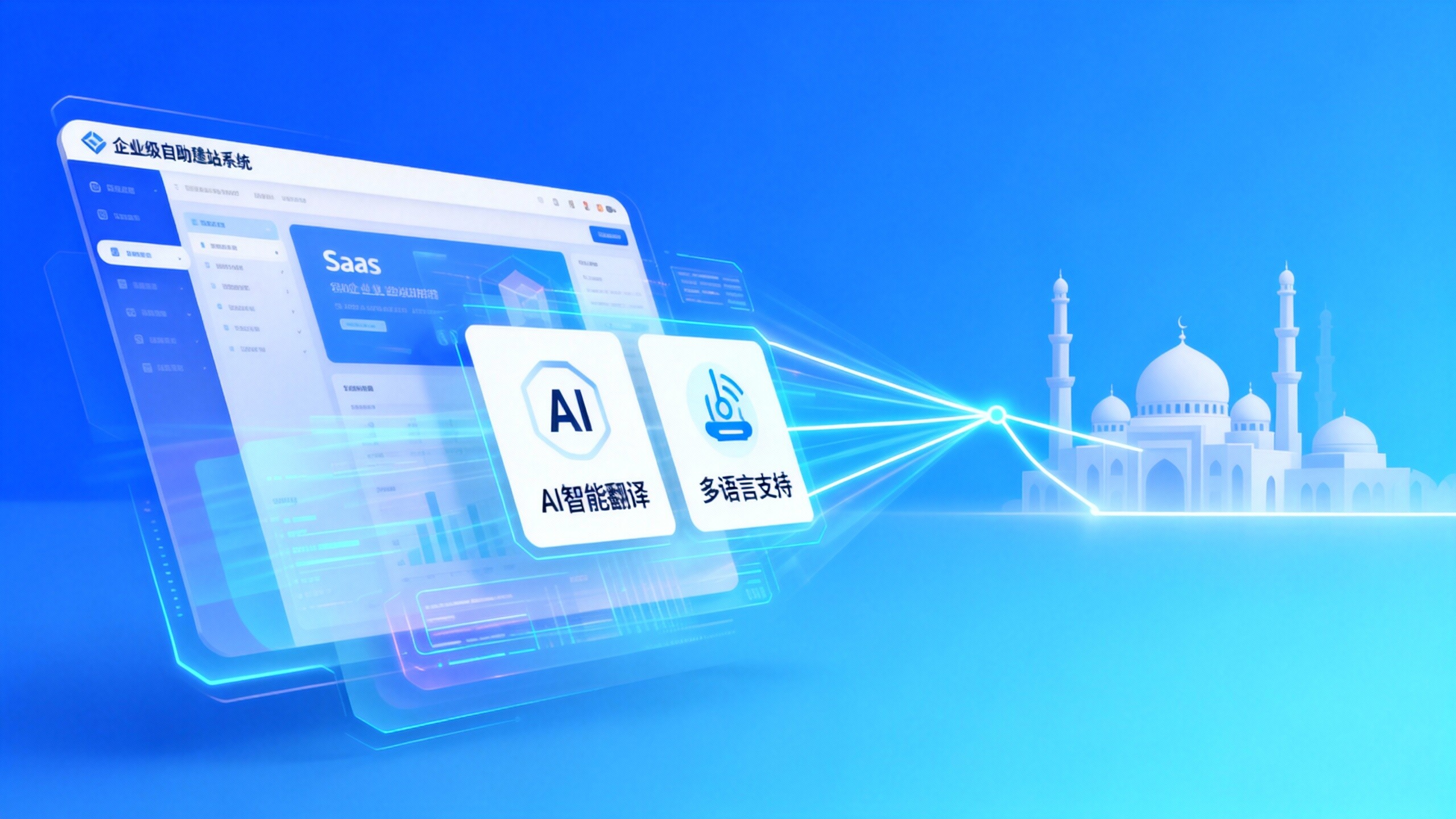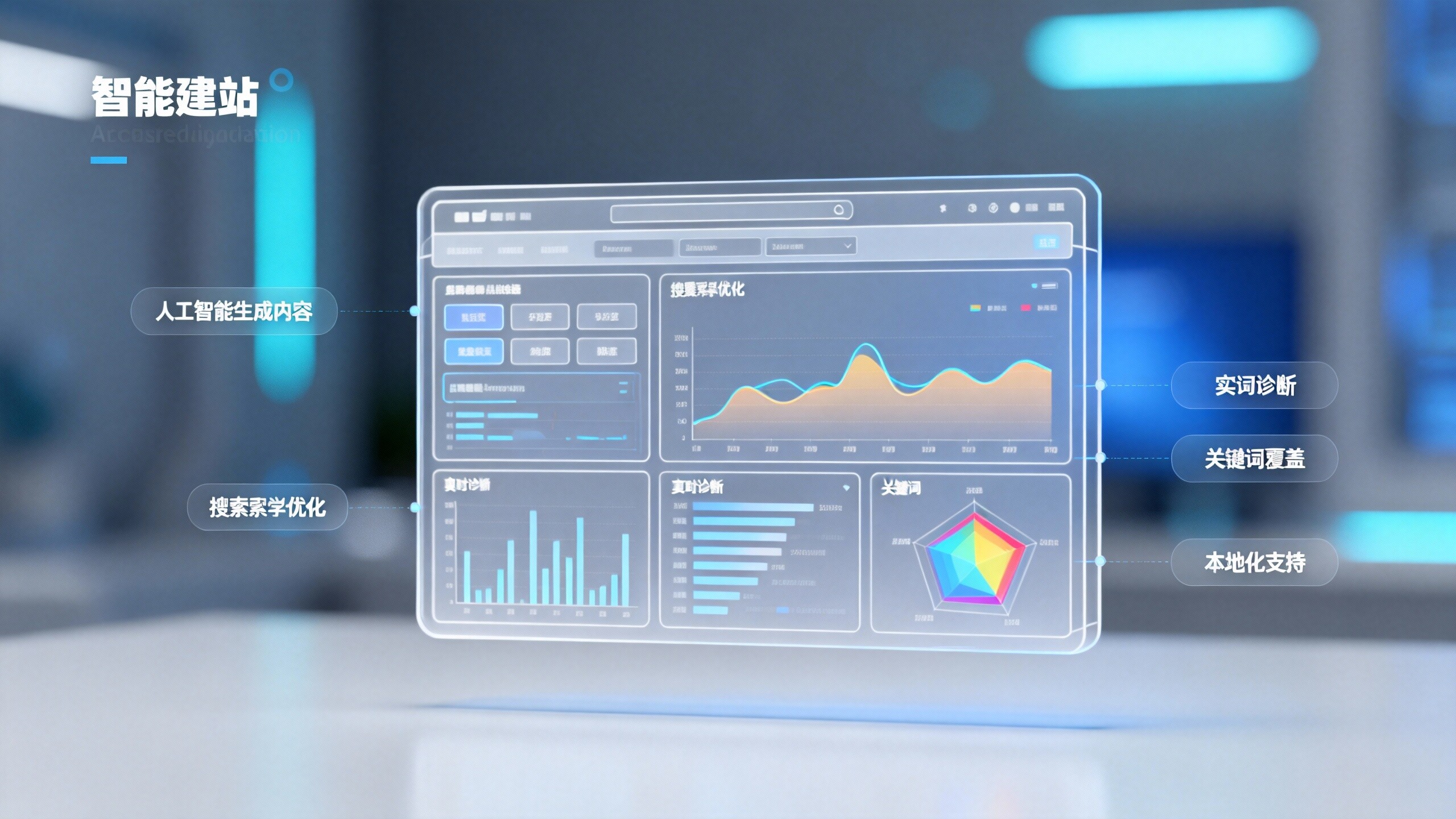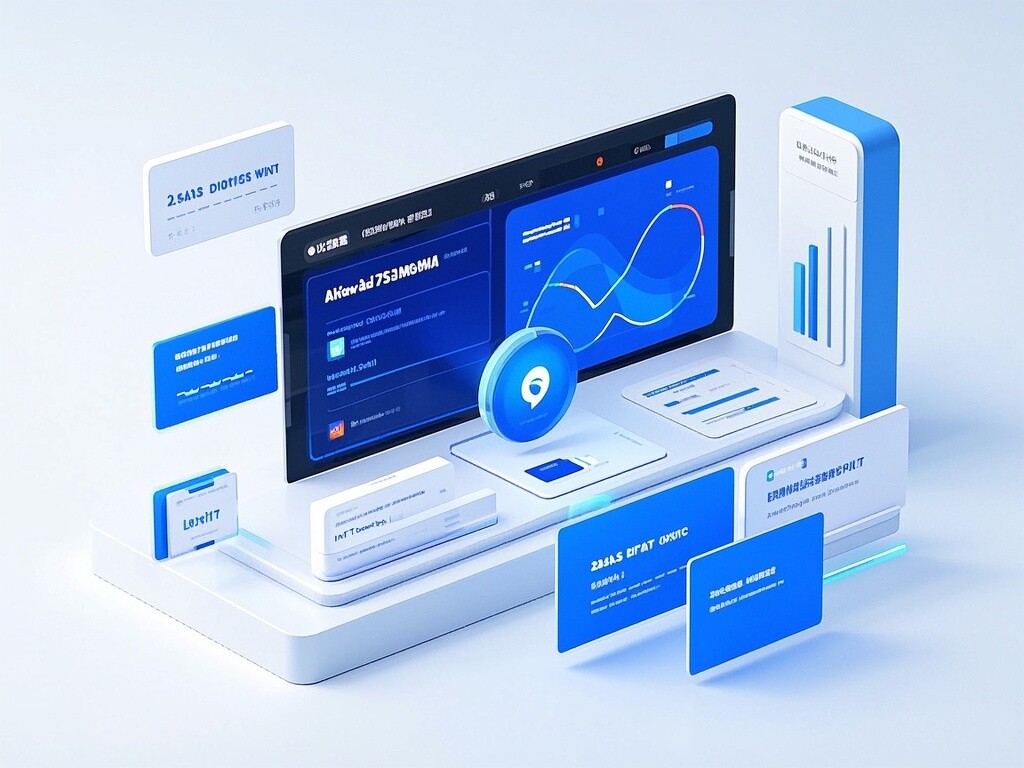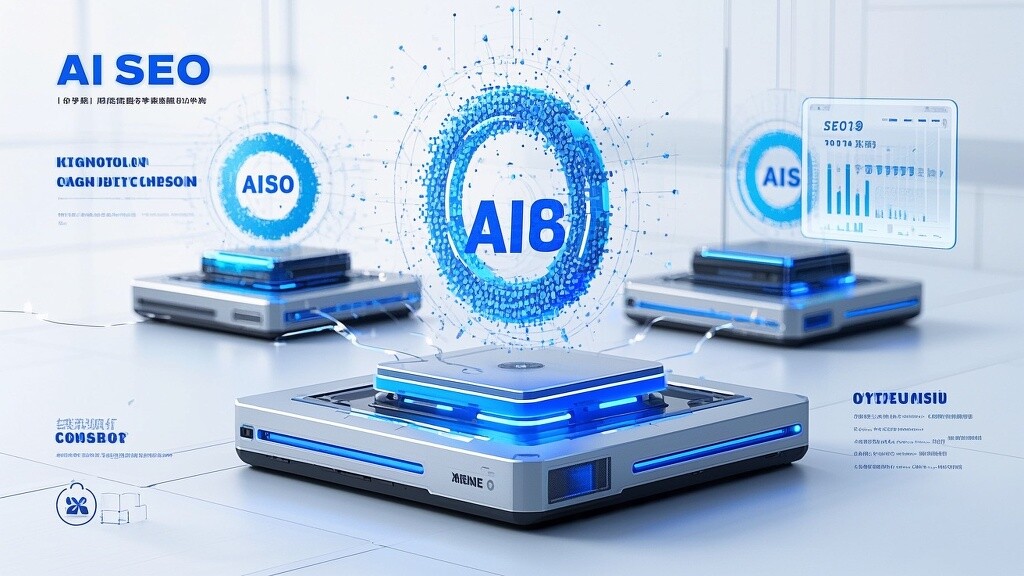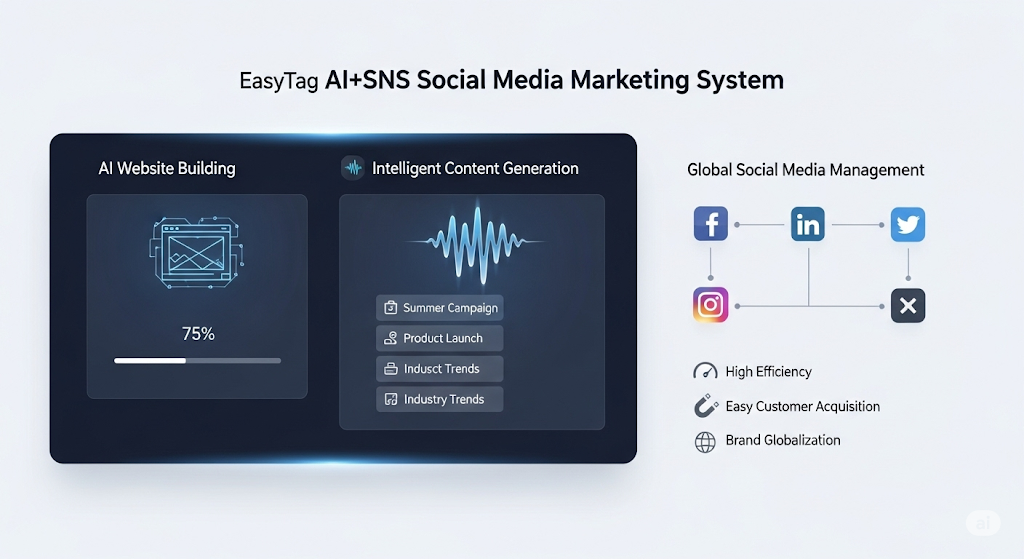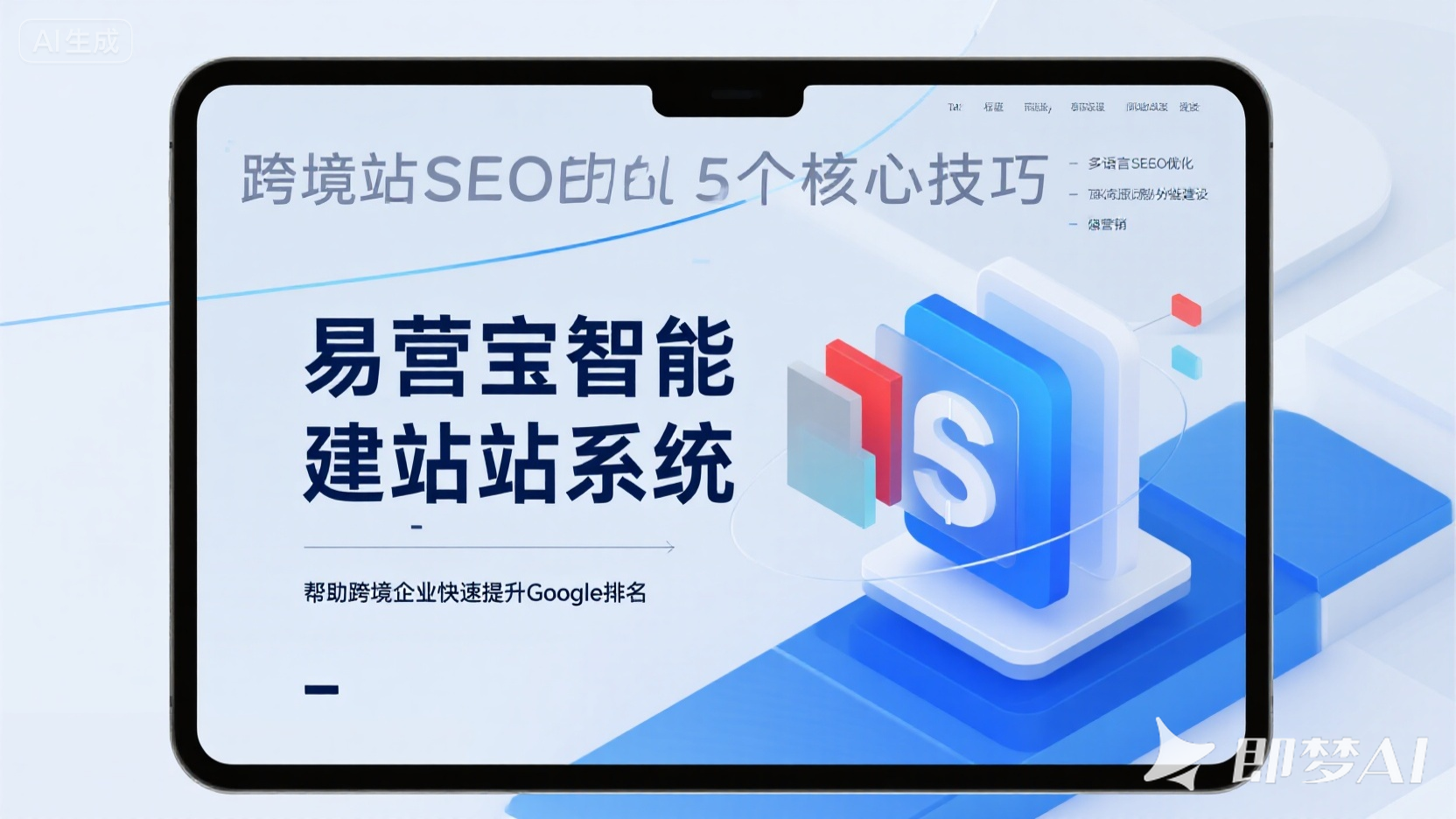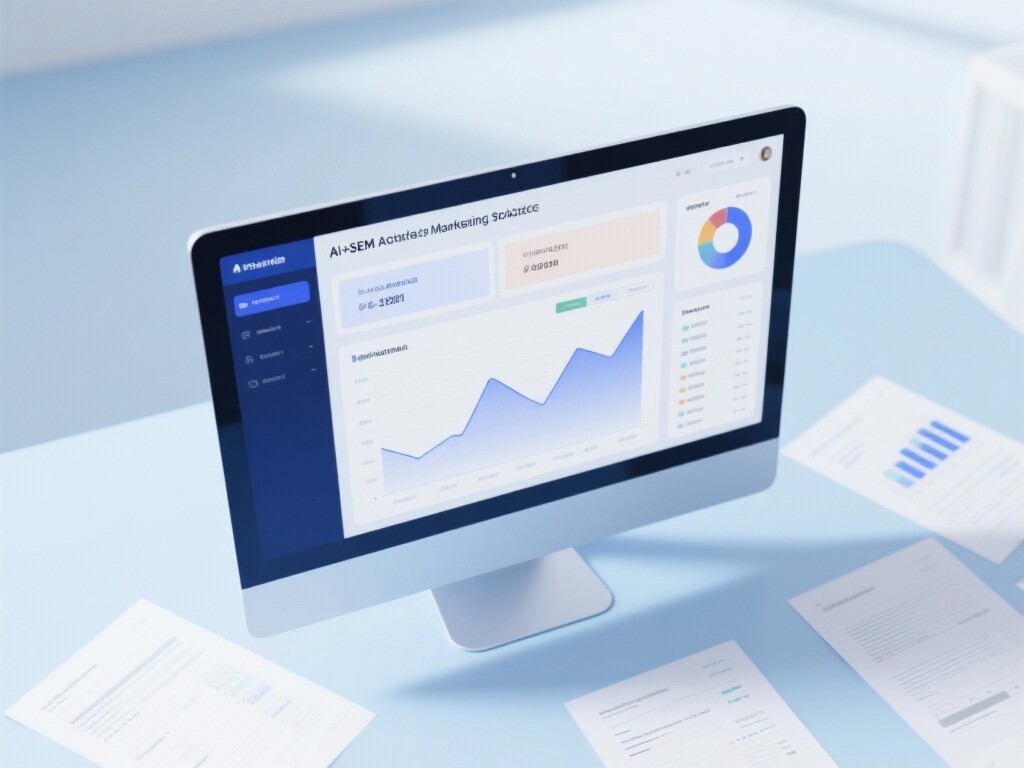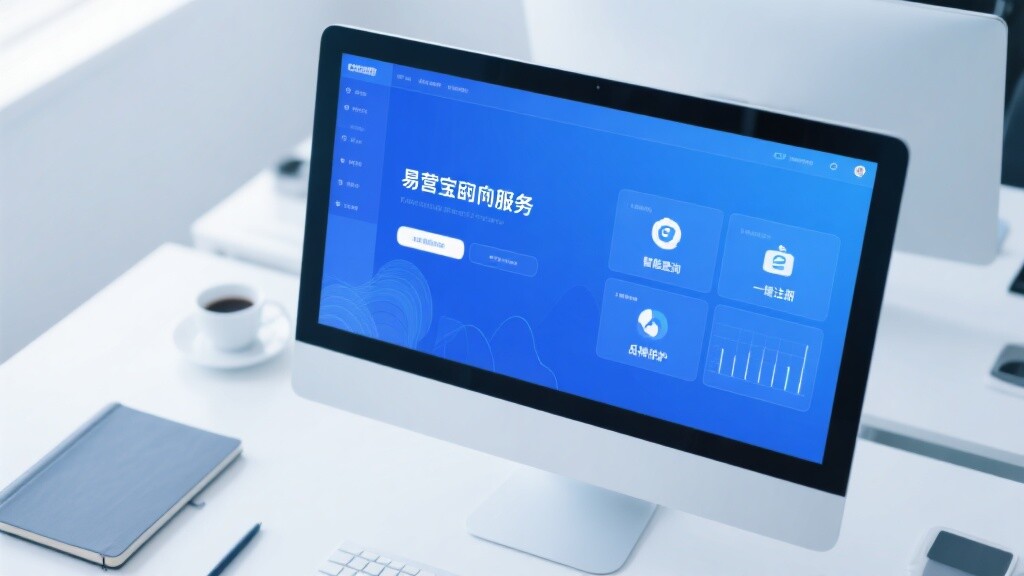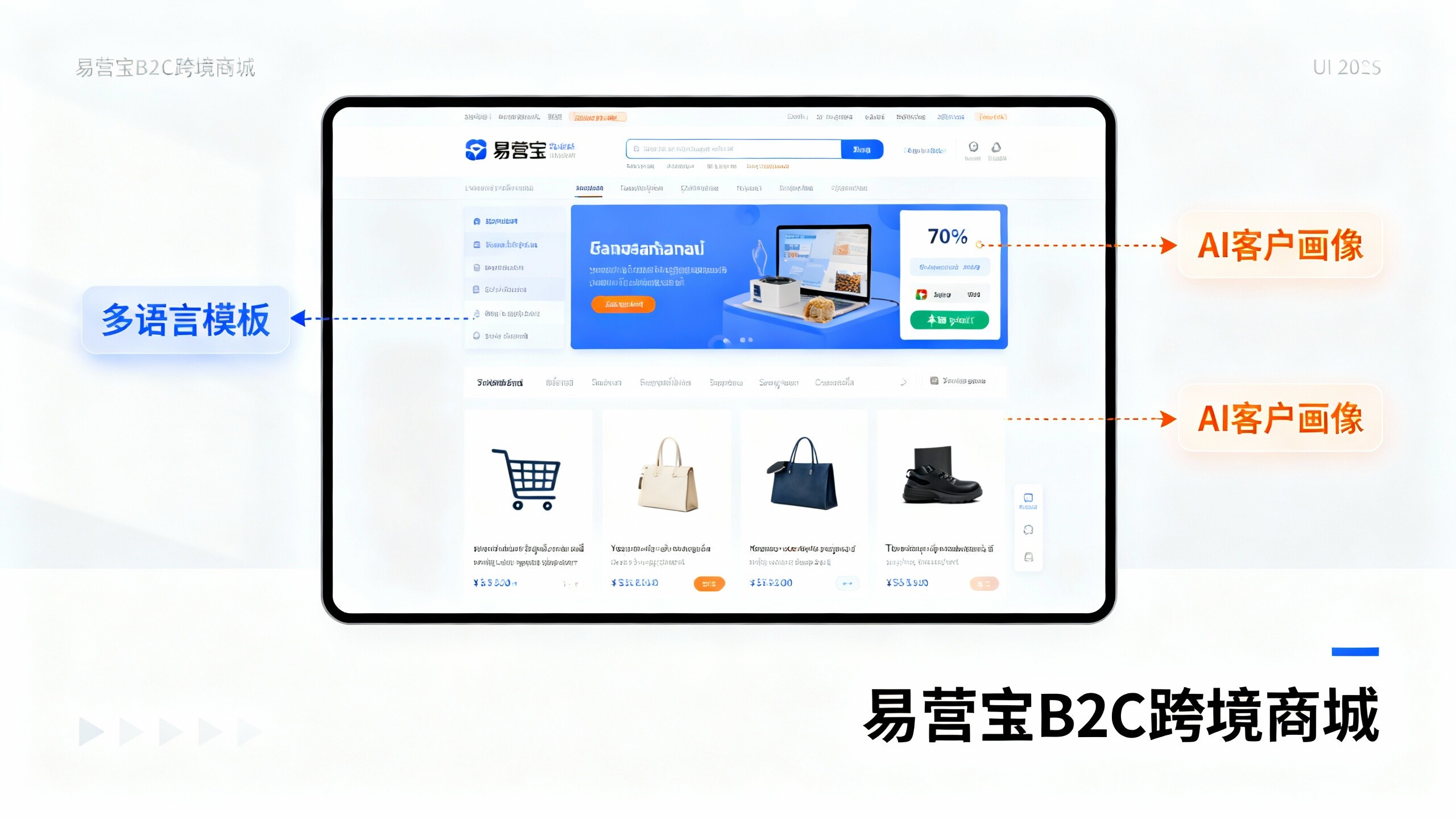Easy Camp Cloud Intelligent Website Construction and Marketing System Platform!
- Evaluation of Foreign Trade Independent Station SaaS Platform: Why Did Eyingbao Become the Dark Horse in the Industry?2025-11-24View Details
- Enterprise-grade self-service website building system selection guide: Is Eyingbao suitable for your business?2025-11-22View Details
- Smart Website Market Report Quick Read: Three Major Trend Predictions and Vendor Response Strategies2025-11-22View Details
- China Smart Website Construction Market Research: Industry Scale, Growth Points, and Potential Customer Profiles2025-11-22View Details
- G2 Yiyingbao: Score Details and Practical Suggestions on How to Improve Platform Ratings2025-11-22View Details
- 2024 Enterprise SaaS Report Decoded: Intelligent Website Building Becomes the New Engine for Foreign Trade Growth2025-11-24View Details
- IDC SaaS Platform User Satisfaction Report: Which Website Builders Stand Out?2025-11-22View Details
- Trustpilot Yisoubao Rating Analysis: Have You Encountered These Issues?2025-11-24View Details
Search Engine Marketing SEM vs SEO: Which Is Better for Your Business?
In the field of digital marketing, search engine marketing (SEM) and SEO optimization are two core strategies for businesses to acquire traffic. Should you opt for SEM's immediate paid traffic or SEO's long-term organic ranking? This article provides an in-depth comparison of their pros and cons, combined with practical experience in independent website operations, to help you develop a search engine marketing strategy tailored to your business needs, achieving synergistic growth between Google Ads and social media.
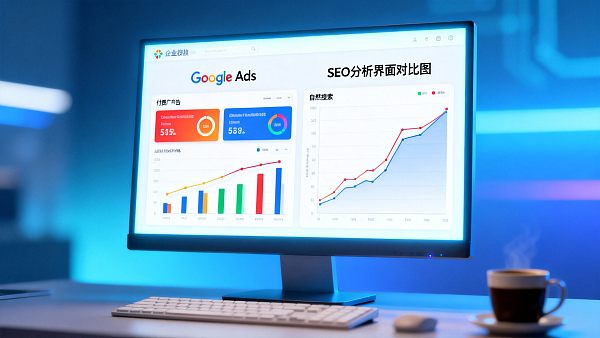
Definition and Overview: Core Differences Between SEM and SEO
Search engine marketing (SEM) is a method of obtaining immediate traffic through paid ads on search engine results pages, with typical examples including Google Ads and Yandex ads. Its advantages lie in precise targeting, quick results, and controllable budgets, making it suitable for short-term promotional campaigns or new product launches. SEO (search engine optimization), on the other hand, is a long-term strategy that improves organic search rankings by optimizing website structure, content, and backlinks. According to data from Yixunbao's AI marketing engine, high-quality SEO traffic typically converts 15%-20% better than SEM traffic, but requires 3-6 months of sustained effort to show results.
Market Analysis: Global Search Marketing Trends and Insights

2023 StatCounter data shows that Google holds 92% of the global search engine market share, but regional differences are significant: Yandex dominates 61% in Russia, while Naver accounts for 72% in South Korea. This fragmentation necessitates localized SEM strategies. Meanwhile, the SEO landscape is undergoing an AI revolution. For instance, Yixunbao's intelligent website-building system uses AI translation engines and multilingual independent site architectures to improve multilingual SEO efficiency by 35%. Notably, in technology-intensive fields like electronic component industry solutions, optimizing product pages requires combining parameterized displays and intelligent classification features.
Comparative Analysis: Practical Breakdown Across 7 Dimensions
Technical Performance: How AI is Reshaping Search Marketing
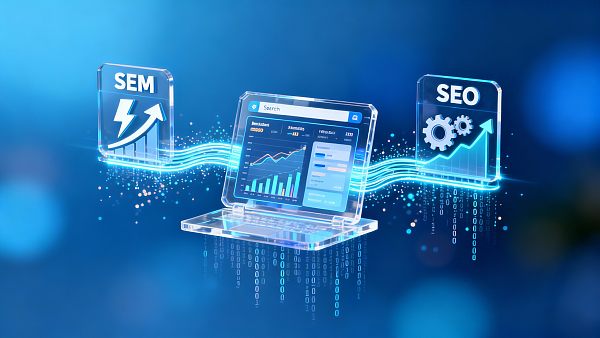
Yixunbao's AI ad management system demonstrates that machine learning-optimized SEM ad groups achieve 47% higher CTR (click-through rate) than manually configured ones. In SEO, its unique keyword expansion system automatically mines long-tail keywords, while automated TDK (title, description, keywords) generation boosts independent site content production efficiency by 300%. Particularly in specialized fields like electronic components, the system identifies product parameter-related terms such as "MCU chip operating temperature range"—high-conversion keywords.
Common Pitfalls: Mistakes 90% of Businesses Make
Pitfall 1: Believing SEM and SEO are mutually exclusive. In reality, top enterprises typically combine "SEO for foundation + SEM for traffic capture." For example, a semiconductor client using Yixunbao's solution achieved a 220% ROI increase by ranking top 3 in Google organic search while running SEM campaigns for high-value keywords like "FPGA development boards." Pitfall 2: Ignoring social media's SEO benefits. Content from LinkedIn marketing and TikTok operations effectively boosts brand search volume and backlink resources.
Why Choose Yixunbao?
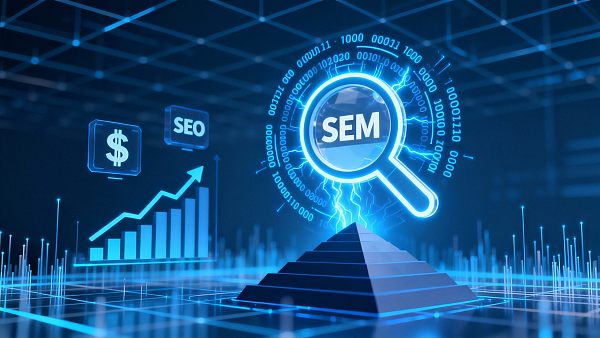
As a Google Premier Partner and Meta official agent, we provide end-to-end services from independent website construction to global traffic acquisition. Leveraging a decade of industry expertise and billion-level search data, combined with our AI algorithm platform updated 12 times annually, we ensure your SEM and SEO strategies stay ahead of competitors. Consult now to receive the Search Engine Marketing Golden Ratio White Paper, helping you allocate SEM and SEO budgets precisely.
- Independent site operation
- TikTok Operation
- Search Engine Marketing
- Multilingual standalone site
- Independent website building
- LinkedIn Marketing
- Google Ads
- Search Engine Optimization
- Yandex Advertising
- TikTok
- Easy Treasure
- SEO
- Independent site
- Smart Website System
- SEO optimization
- Smart Website
- AI Translation
- EasySite Intelligent Website Builder
- AI Marketing Engine
- AI Translation Engine
Related articles
 Evaluation of Foreign Trade Independent Station SaaS Platform: Why Did Eyingbao Become the Dark Horse in the Industry?
Evaluation of Foreign Trade Independent Station SaaS Platform: Why Did Eyingbao Become the Dark Horse in the Industry? Enterprise-grade self-service website building system selection guide: Is Eyingbao suitable for your business?
Enterprise-grade self-service website building system selection guide: Is Eyingbao suitable for your business? Smart Website Market Report Quick Read: Three Major Trend Predictions and Vendor Response Strategies
Smart Website Market Report Quick Read: Three Major Trend Predictions and Vendor Response Strategies
Related products





